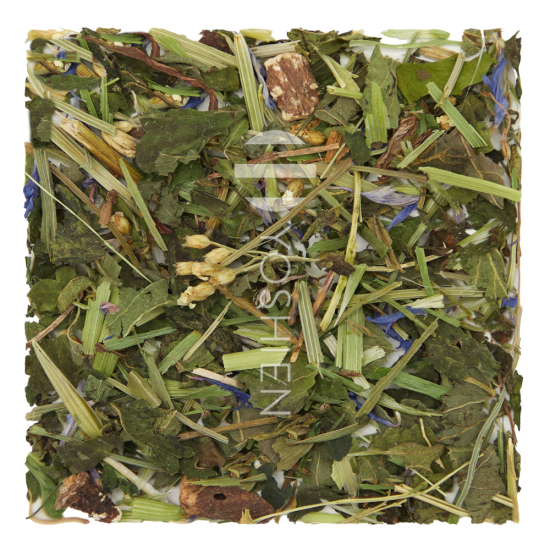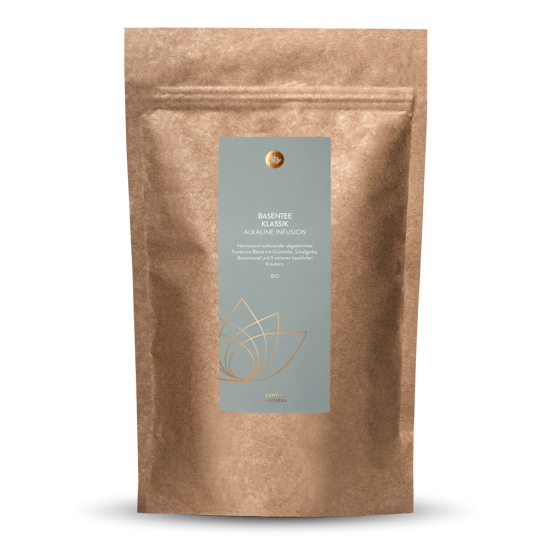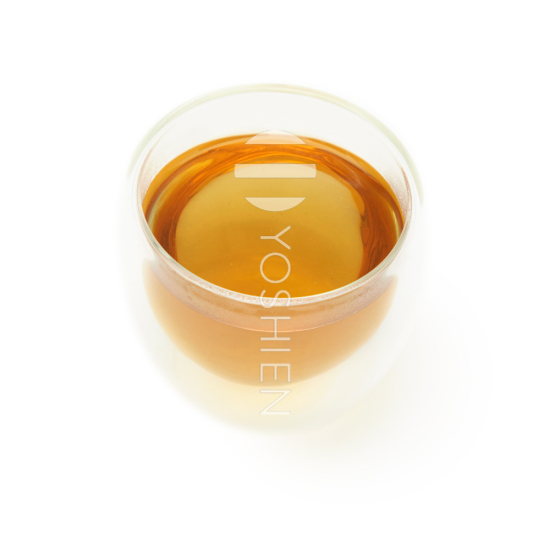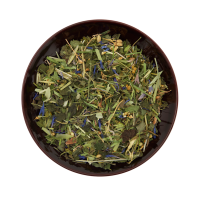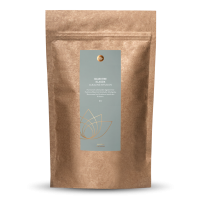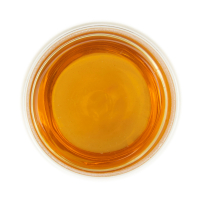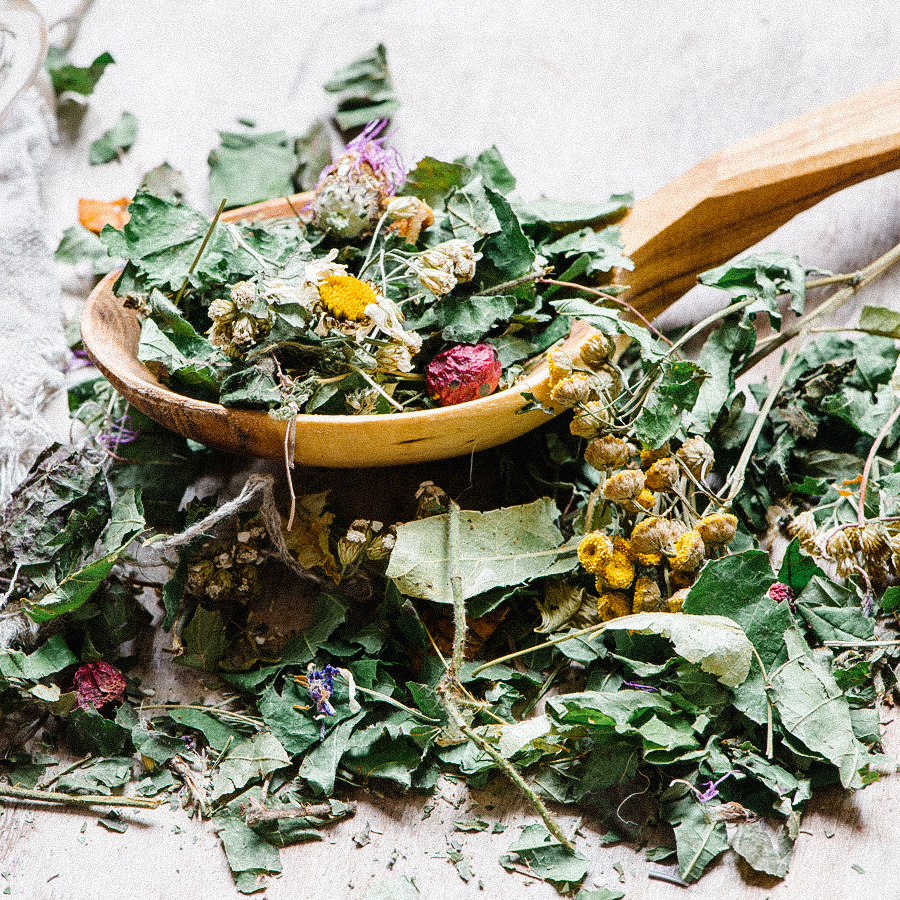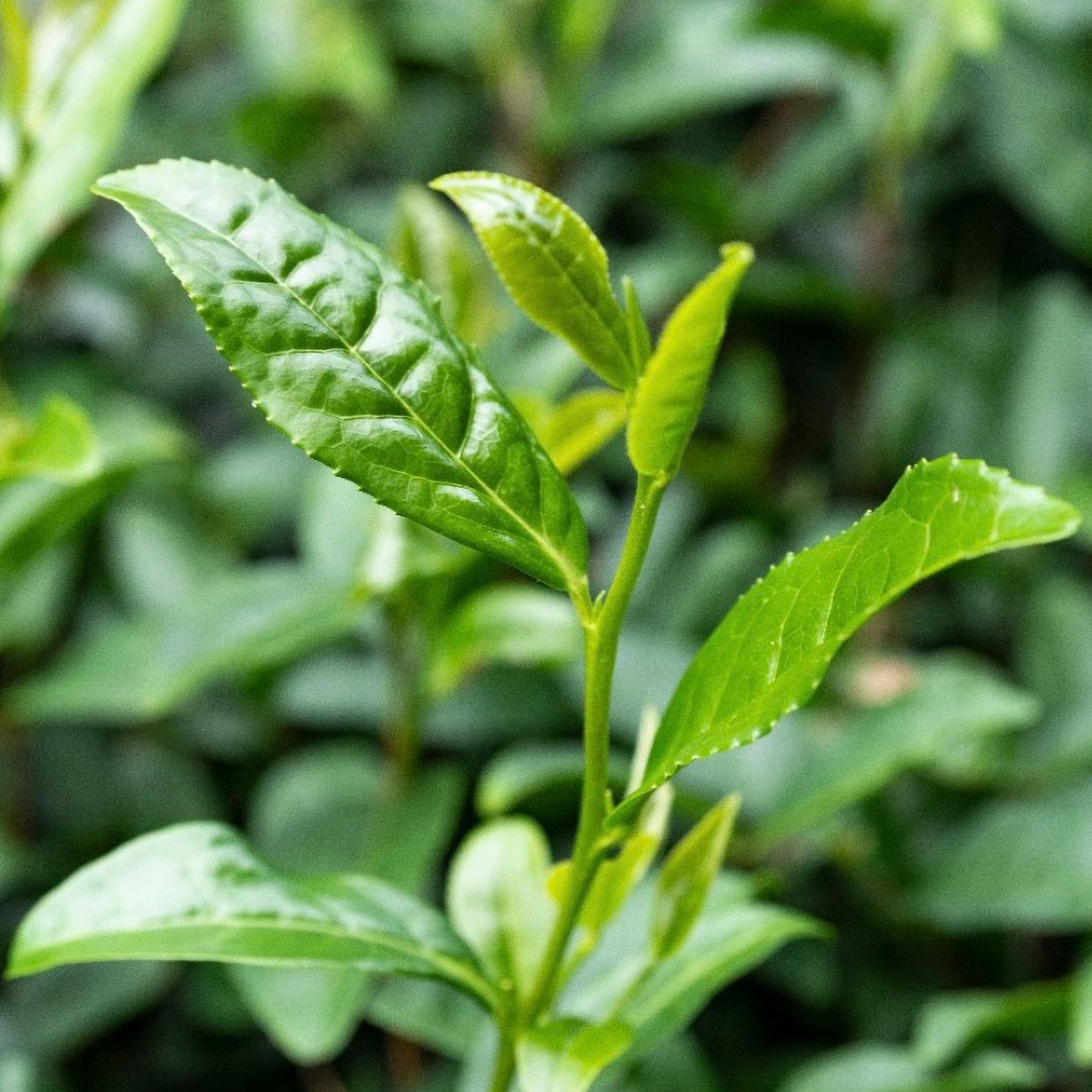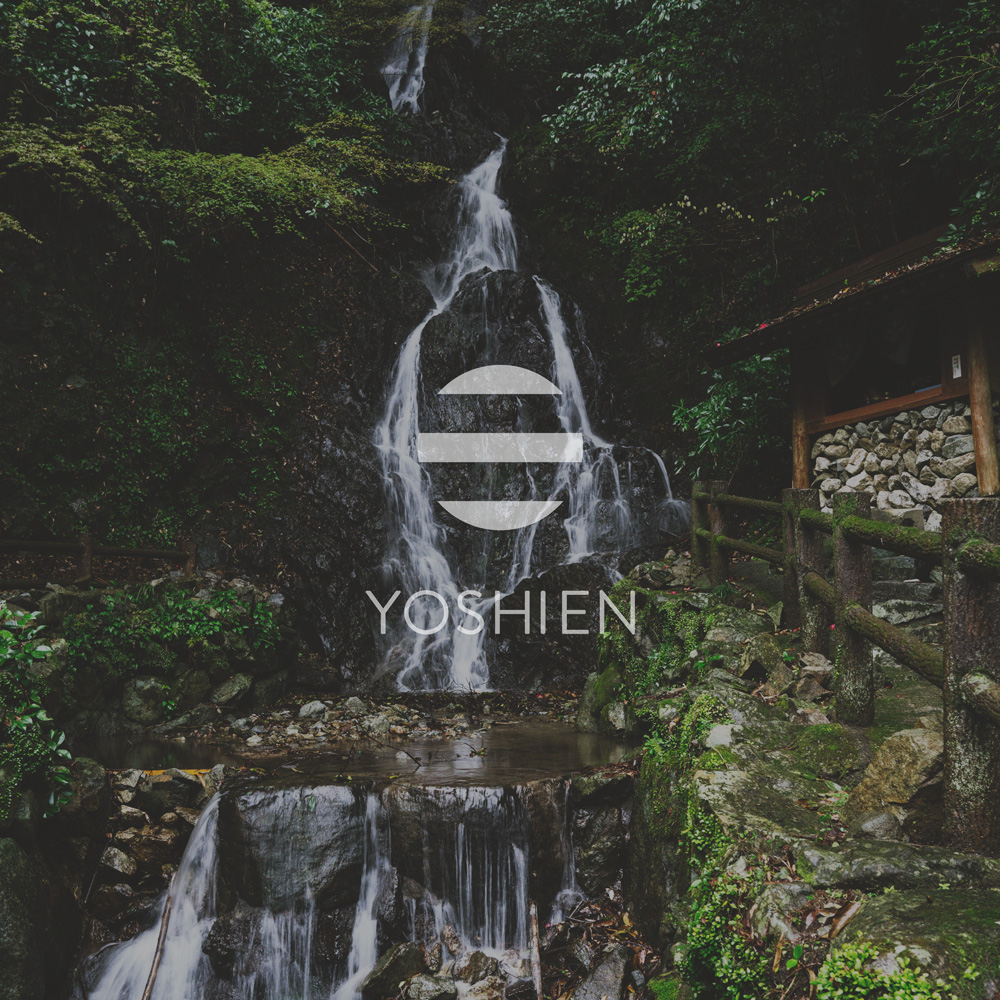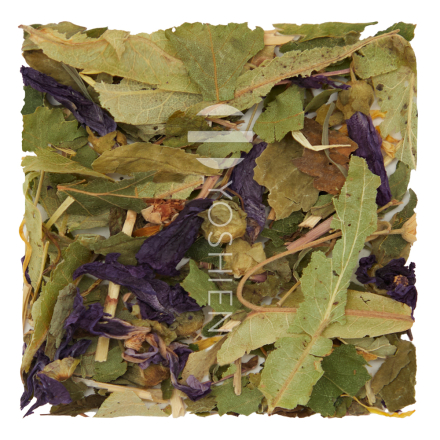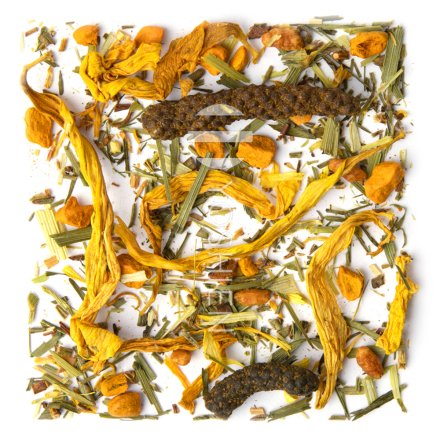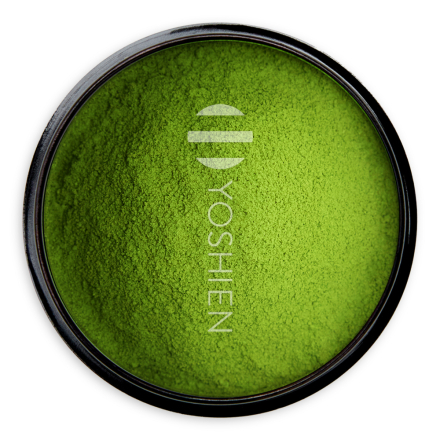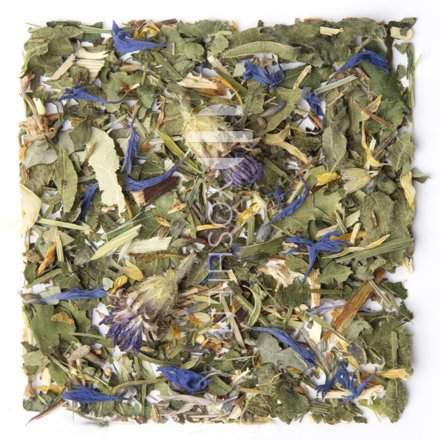Green oat
A member of the Poaceae family, oat (Avena L.) is an annual grass which traces its origins back to the Middle East. Like many other cereal crops, it has undergone domestication over centuries. Green oats are harvested from young oat plants before they reach full bloom. At this early stage, they are naturally alkaline and rich in phytonutrients.
Lemon balm
Lemon balm (Melissa officinalis) is originally native to Southern Europe. Like many herbs from the south, it was first cultivated in monastery gardens and then gradually spread throughout Europe. The perennial plant sprouts in March and can grow up to 70cm tall by July and is clearly recognisable by its scent. Due to its many uses, however, it was cultivated early on throughout Europe as a popular aromatic herb. In the Middle Ages, it was cultivated in every monastery garden because it was considered particularly valuable.
Yarrow
Yarrow grows across Europe and northern Asia, extending as far north as the Arctic Circle. The resilient perennial endures throughout the year, remaining above the earth's surface even during winter. Its rich heritage in herbalism stretches back to Greek mythology, where yarrow finds mention as a plant used by Achilles; it is from this legend that it derives its Latin name, Achillea millefolium.
Ribwort plantain
Ribwort plantain (Plantago lanceolata) is originally native to Eurasia and North Africa. In the Alps, it grows at altitudes of up to 1,700 metres and can often be found along hiking trails, in lush meadows, and in parks, often close to human settlements. As early as antiquity, ribwort plantain was recognised and included in the study of medicinal plants in Europe. The Germanic and Nordic peoples referred to it as Läkeblad, meaning “healing leaf”, while the Greeks called it Arnoglosson, or “lamb’s tongue”, and the Romans knew it as Plantago minor.
Nettle
The nettle (Urtica dioica, Urtica urens) deserves a place of honour among herbs. With around 70 species found across the globe (everywhere except Antarctica) it is hardy, undemanding and highly effective. It often thrives close to human habitation, and many butterfly species depend on it for survival. Known since ancient times, it was once believed to ward off evil spells.
Horsetail
Field horsetail (Equisetum arvense) once stood as a towering tree, coexisting alongside giant ferns and mosses within vast forests 400 million years ago. Similarly to ferns and mosses, the horsetail lacks flowers, reproducing instead through spores. During spring, it emerges as a pale stem-like plant which wilts away shortly after it appears. The vibrant green summer shoots which then sprout were once favoured for cleaning pewter, a connection which inspired the name "pewterwort".
Dandelion
The dandelion (Taraxacum officinale) is a resilient perennial herb native to the entire northern hemisphere. It exhibits remarkable adaptability, thriving in diverse habitats at altitudes of up to 2800m above sea level such as meadows, forests and even urban environments, where it can be found in such unlikely areas as cracks in the pavement. The dandelion can grow up to 10cm tall and is characterised by its distinctively white sap present in all parts of the plant. Although references to the dandelion date back to the 11th century in Persia, it wasn't until the 16th century that it was mentioned in European herbal lore.
Elderflowers
Elder (Sambucus nigra) fills the air with its lovely fragrance from May to July. It thrives near human dwellings, often nestling against the sides of houses. By late summer and into autumn, its blossoms transform into clusters of dark berries. The Celts were well-acquainted with the many uses of both the flowers and the berries.
Cornflower petals
The cornflower (Centaurea cyanus L., Cyanus arvensis) was once so aggressively controlled that it nearly became extinct. As a result, it is now a protected species. Originating from the eastern Mediterranean region, it has spread across Europe as a so-called “companion of cultivation” and can be found at altitudes of up to 1,800 metres in the Alps. Our true native cornflower grows in semi-natural cultivated areas with lime-poor, well-drained, and nutrient-rich soils. Due to its high content of bitter substances and anthocyanin pigments, it holds a well-established place in herbal medicine.



